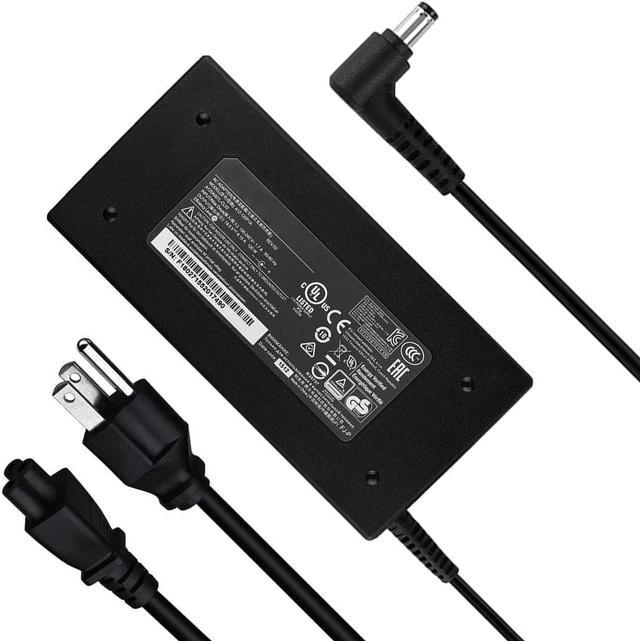(in instrumentation and control, of course)
Well, a power supply is as its name states it: a device that works as a power source.
However, we can still say a little more based on some of its features.
A power supply is an electrical device that serves as an electrical converter between alternate current (AC) and direct current (DC) so that other divices in a circuit requiring DC to work may be supplied with it.
There are in the market models that increase or decrease the voltage, AC or DC, but we will refer to these ones as: transformers.
Perhaps, the most common example of a power supply in our daily lives are the plugs we use to charge laptops or cell phones. These are also called power adapters since laptops and cell phones need DC in its functioning (you cannot use AC for these devices).
 |
| Fig. 01 An example of power supply (aka power adapter) |
In control loops for instrumentation and control of chemical processes power converters are also needed since some instruments and other devices need DC to work. Safety is also another reason to use DC in control circuits (if low amperages are used).
Industrial power supplies
- for mounting on rail DIN and
- for mounting with screws.
- these can be fastened quickly,
- no holes need to be perforated,
- less space is required in comparison with screws-mounting models,
- replacement of damaged equipments is easy and fast.
Specifying a power supply
- Output amperage.- You need to determine how much amperage will the devices connected to the power supply will consume. In other words, some calculations on the circuit including loads need to be made. Are you going to need 0.1 A or 2 A or 10 A?
- Output voltage.- This is, the power requirements of the devices powered by the power supply need to be known. Some devices (instruments, valves, relays, etc.) are manufactured to work with 5 V DC while some others with 12 V DC and others with 34 V DC but a power supply can only output a single voltage but not all.
- Input amperage.- This will depend on what is available at the power supply future installation location. The power supply is to be installed into another circuit so that some limitations may arise.
- Input voltage.- Again, the circuit into which the power supply is to be added may have some restriction. For example, you may have only 120 V AC but the power supply could only work with 240 V AC.
- Available space.- Some power supplies can be larger than others because of the number of terminals. Then, dimensions could cause trouble in some situations.
 |
| Fig. 03 A close up to the front of a power supply. Notice that its input is: 100-240 VAC and 1.3 A; while its output is: 24 VDC and 4 A. |
Brands
These are not the only ones in the market but can be a reliable group of power supplies with technical data available for its models so that you can easily choose or screen the large number of options.
Other stuff of interest
- LE01 - AC and DC voltage measurement and continuity test
- LE 02 - Start and stop push button installation 24V DC
- LE 03 - Turn on/off an 24V DC pilot light with a push button
- Minor losses - Formulas
- What is a process variable?
- What are the most important process variables?
- Time dependence of process variables
- A list of process variables
Ildebrando.




No comments:
Post a Comment